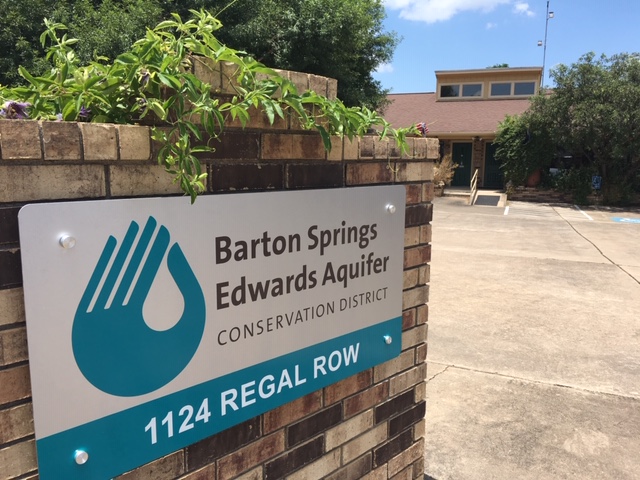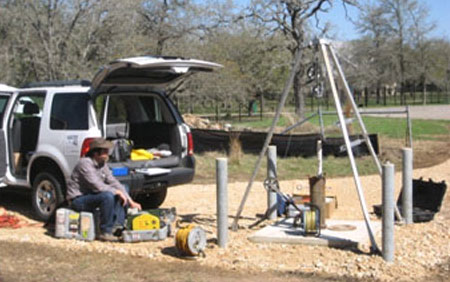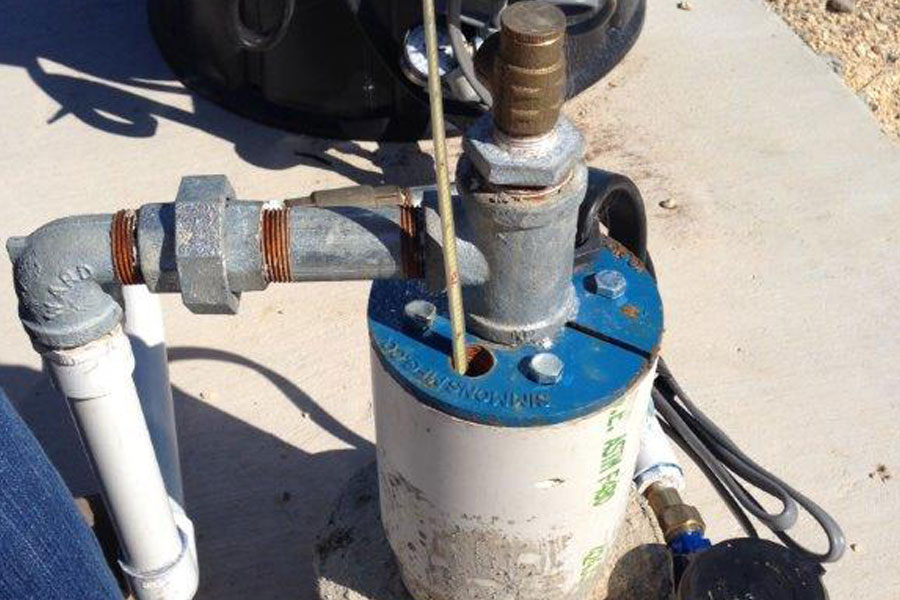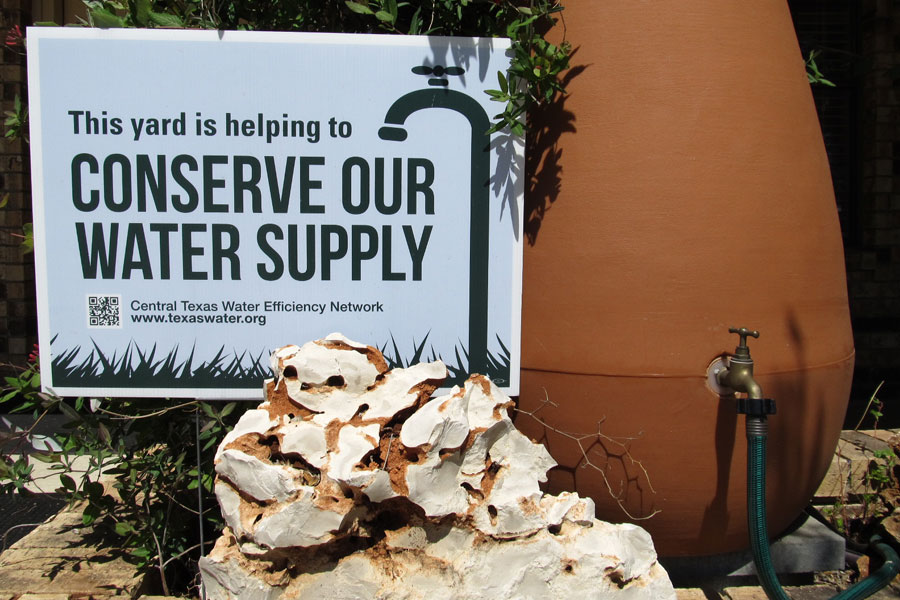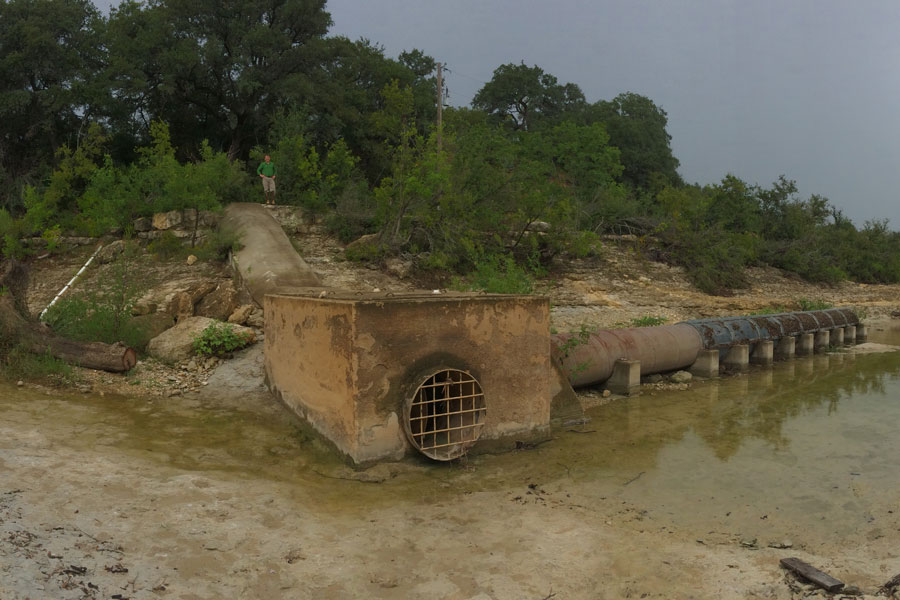Preparing for Winter Weather
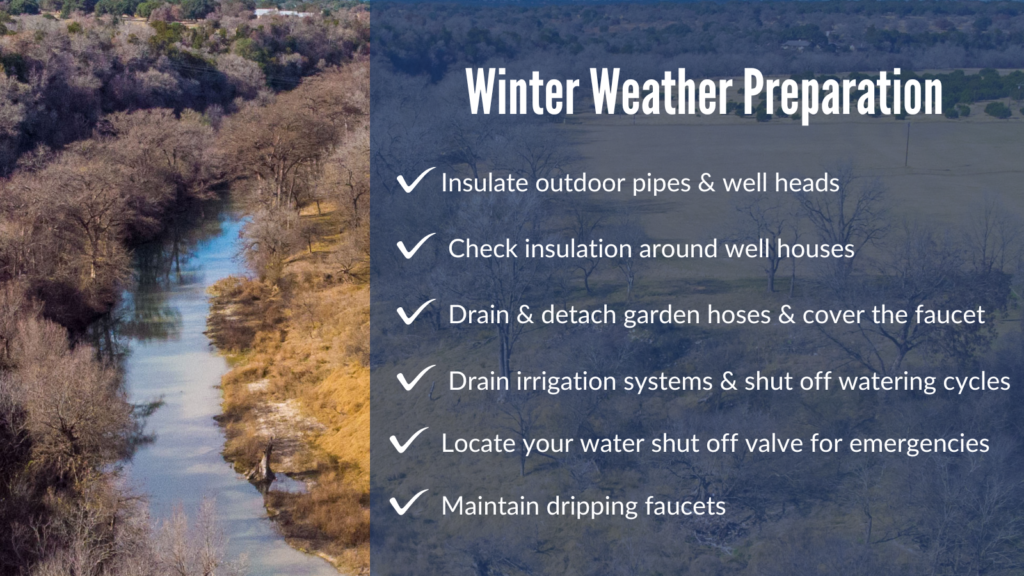
While winters are generally mild in the Texas Hill Country, the last few years have taught us that extremes are always possible and it pays to be prepared. Winter Storm Uri in 2021 created more than $195 billion in damage, making it the costliest natural disaster in Texas history. Part of this damage was the result of frozen pipes that leaked millions of gallons across Austin alone. According to North Texas Municipal Water District, below are the average water flow rates based on typical municipal water lines, which could flood your home if pipes burst amongst freezing temps:
- ½-inch pipe: 50 gallons per minute
- ¾-inch pipe: 110 gallons per minute
- 1-inch pipe: 210 gallons per minute
- 2-inch pipe: 850 gallons per minute
- 3-inch pipe: 1,900 gallons per minute
- 4-inch pipe: 3,400 gallons per minute
While Uri was out of the normal for Central Texas, cold spikes aren’t as we saw in mid-January of this year. With February around the corner and plenty more opportunities for freezing temperatures, we wanted to share tips for protecting your pipes and wells. This will help prevent costly damage to property and the loss of precious groundwater to leaks.
Insulate outdoor pipes and wellheads
You can use items such as foam pipe sleeves, blankets, expanding spray foam, foam caulk rope, pipe rope, and more. It’s important to do this for pipes outside and also indoor pipes in exposed areas that aren’t well insulated.
Check insulation around well houses and seal any obvious gaps
Ideally, any exposed components of your well system are sheltered. Replace any missing/damaged insulation and weather-stripping and seal any holes or cracks in your well house. If you don’t have a well house, you can use fake rocks or large trash cans and wrap the well head and pipes in insulation.
Drain and detach garden hoses then cover the faucet with an outdoor foam cover
Styrofoam faucet covers are a great option. They can be found at most hardware stores and are low cost.
Drain irrigation systems and shut off watering cycles during freezing temperatures
To winterize your irrigation system start by shutting off the water supply to the system. Then, open all valves located at the end and low points of the piping. Once all water is drained from the system, close all valves.
Locate your water shut off valve in case of an emergency
Know where your property owner’s cut-off valve is located and how to use it. The valve typically is located adjacent to the water meter box under a 6″ metal lid. Apply oil such as WD-40 to the cut-off valve before operating to prevent the valve from breaking.
Maintain a dripping faucet to allow water to circulate freely and constantly, preventing it from freezing
Water pipes are always full, which is why you get instant water whenever you turn on a faucet. When all the faucets are closed and the water doesn’t move, it stagnates, which is more likely to freeze than running water. Dripping a faucet allows the water to flow just enough to prevent it from freezing in your pipes.
